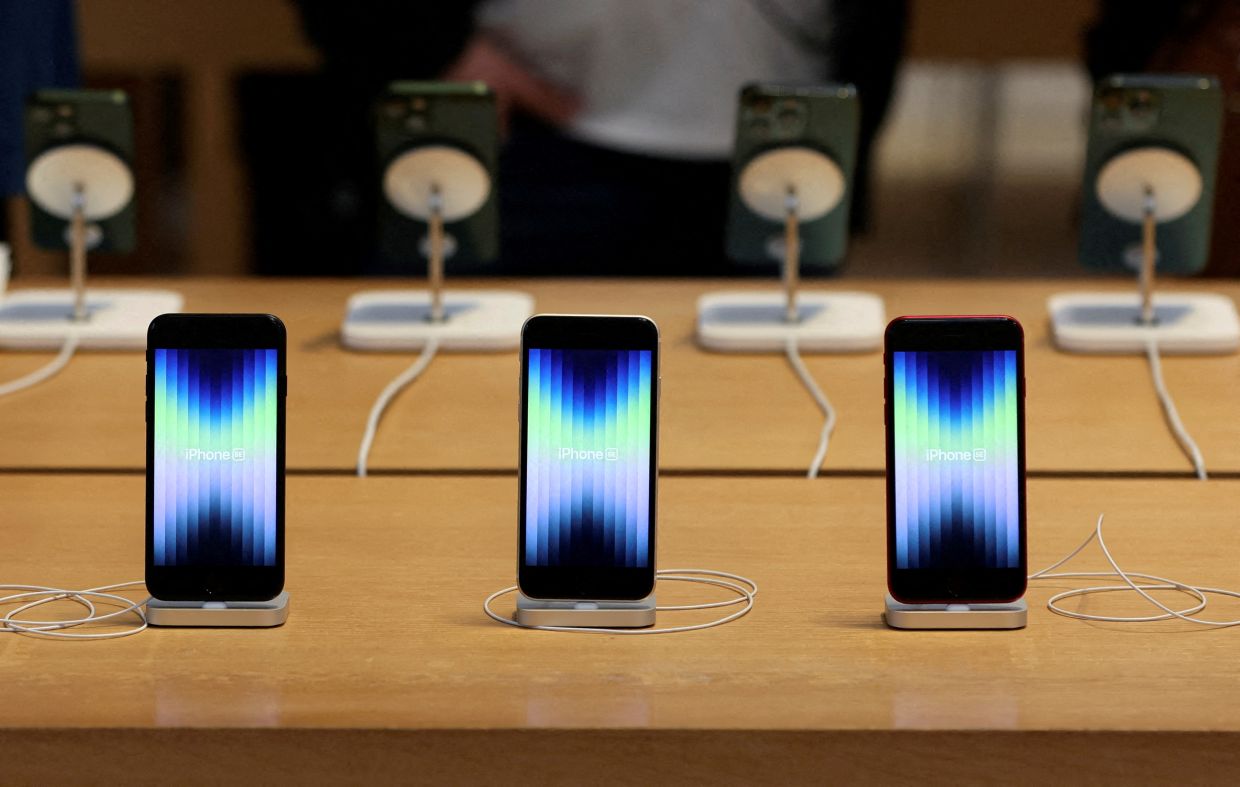Apple increases the use of recycled content in their products

Apple today released new details about the growing use of recycled content in their products. For the first time, the company introduced certified recycled gold and doubled the use of recycled tungsten, rare earth components and cobalt. About 20 percent of all materials used in Apple products were recycled in 2021, the highest ever use of recycled materials.
Apple Corps released new details about this progress, its renewed efforts and clean energy in its 2022 Environmental Progress Report.
The company shared a new way consumers can celebrate Earth Day, including supporting the World Wildlife Fund using Apple Pay. With educational resources, curated content, and engaging activities on the platform, Apple customers can take the opportunity to appreciate the beauty of nature from wherever they are, learn about important issues such as climate change, and the causes and communities working to protect the planet.
“As people around the world join in celebrating Earth Day, we are making real progress in our work to tackle the climate crisis and one day make our products without taking anything from the earth,” said Lisa Jackson, Apple’s vice president of environment, policy and social enterprise. “The rapid pace of our innovation is already helping our teams use today’s products to create tomorrow, and as our global supply chain transforms into clean power, we are creating a way for other companies to follow suit.”
Apple has come up with innovations in content recycling and sourcing to drive industry-wide change. To help its recycling partners around the world accelerate this pace, Apple today unveiled their latest recycling innovation, the Taz, a machine that uses a critical approach to improving material retrieval from traditional electronics recycling.
In 2021, 59 percent of all aluminum that Apple shipped in its products came from recycled sources, with many products having 100 percent recycled aluminum. Apple has made significant progress towards the company’s goal of removing plastics from their packaging by 2025, with plastic accounting for only 4 percent of packaging in 2021. Since 2015, Apple has reduced the amount of plastic in their packaging by 75 percent.
In addition, Apple products in 2021 include:
45 percent certified recycled rare earth components, a significant increase since Apple introduced recycled rare earth components into their devices.
All new iPhone, iPad, AirPods and Mac devices, including the 30 percent standard recycled tin, have 100 percent recycled tin in the solder of their main logic board.
The 13 percent standard recycled cobalt is used in iPhone batteries that can be separated from Apple’s recycling robot Daisy and returned to the market.
Certified recycled gold, featured – for the first time in any Apple product – in the plating of the main logic board and wire in the front camera and rear cameras of the iPhone 13 and iPhone 13 Pro. To reach this stage, Apple pioneered industry-leading levels of traceability to create a golden supply chain of only recycled materials.
Recovering more material for use in future products helps reduce mining. From just one metric ton of iPhone components isolated by Apple’s recycling robots, recycling gold and copper companies can typically extract 2,000 metric tons of mined rock. Apple is also committed to extending the life of their products through innovation. In 2021, Apple shipped 12.2 million new owners and equipment for recycling, extending their lifespan and reducing the need for future mining. Ultimately, Apple’s goal is to use only renewable or reusable materials in their products – a goal announced in 2017 that paved the way for the company’s design and material sourcing.
The Taz, a machine that uses new shredder-like technology to separate magnets from audio modules and retrieve more rare earth elements, is the latest in a series of Apple-led recycling advances. The company has further enhanced the capacity of the patented iPhone disassembly robot Daisy to differentiate 23 models of the iPhone, and has offered the patent to other companies and researchers for free licensing. An additional robot, Dave, separates the taptic engine, helping to recover valuable rare earth magnets, tungsten and steel.